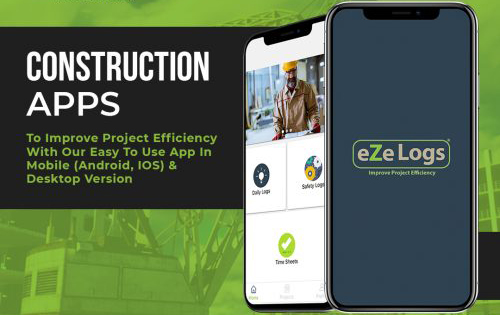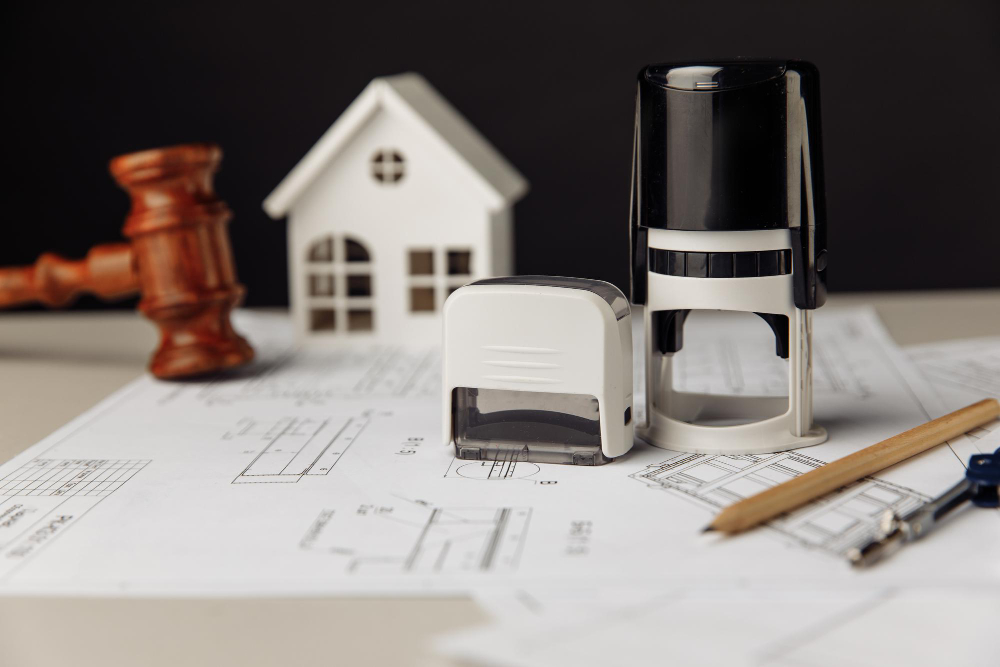What you need to know about submittals and rfi? Staying ahead of the curve is more crucial than ever in the era of linked building. The smallest delay in either time or money might mean losing ground to rivals or missing game-changing technological advances. Therefore, managing construction submittals is a crucial part of every contractor’s pre-construction preparations since they indicate how close the project will come to finishing on schedule and how much it will cost.
So, what are construction submittals why are they important, what does a good submittal template look like, and what should it include? All these questions and more will be answered here.
What Exactly Are Submittals And Rfi In The Construction Industry?
Multiple parts may make up construction submittals for dummie. For example, a submittal may comprise technical data, samples, shop drawings, production requirements, and other written and physical information for the project’s engineers, designers, and architects. In addition, product cut sheets that include the maker, specs, model number, colour and finish options, colour charts, and even final product parts are also typical submission items.

How Can One Formally Submit Something?
Contractors provide details about the supplies they plan to employ throughout a project during submission. Engineers and architects must find the materials by the owner’s contract before the project can proceed. Also, they have to give the materials the stamp of approval on aesthetics, security, and quality.
The submitting procedure is often formal and well-defined for larger projects. For example, large construction projects often call for the contractor to submit construction submittals for review by the project’s engineer and architect. Understanding the significance of submittals at each of the four phases of a construction project’s life cycle is much simpler if we do so.
Format Of A Submittals And Rfi
The specifics of each project dictate that each submission will be unique. The submission document will contain a description of the material, shop drawings, samples, etc., and the connection between the material and the project’s specifications, timeline, and location. Each party involved in the project (the subcontractor, the general contractor, the architect, the engineer, the owner) may be added to the approval process and assigned a role (Submitter, Reviewer, or Approver) with corresponding due dates that are in sync with the project
The Submitter (often the Sub-Contractor) will submit the necessary paperwork after the submittals and rfi has been produced by the due date. The next line will go through the supplied materials and provide their verdict (Approved, Revised, and Resubmitted, etc.). After stakeholders have read and replied to the submission, it may be closed, and the Sub-Contractor can go forward with the authorized specifications. The procedure includes the following broad steps:
Construction Meeting Before Beginning Work
Stakeholders must get together in the pre-construction phase to discuss the project and define the submission procedure.
During this stage of construction, a timeline for the submittals and rfi must be developed in conjunction with the architects and engineers responsible for reviewing and authorizing the submitted documents.
Documentation Prepping
Subcontractors compile their submittals and rfi with the necessary paperwork as instructed in the pre-construction meeting. In addition, it is required to produce or locate all agreed-upon samples, drawings, etc.
Stage of Reviewing
The architect’s team reviews the materials list and any relevant supporting paperwork to ascertain how the material will impact the project. Once the submission has been reviewed, the subcontractor either will be able to begin work or will be required to revise their documents and resubmit them.
Why Are Submittals Important, And What Do They Contain?
A submission is a document that must be examined and authorized before work can begin on a building. This includes anything from the kind of equipment to be used to the precise paint colour. Submittals and rfi in the building industry might consist of hundreds of distinct elements. All of these things:
Data Sheets For Products That Detail The Maker, Features, And SKU
Specifications for trusses, cast concrete, windows, appliances, millwork, and other prefabricated items are laid out in detail on shop drawings.
- Optional paint and hardware finishes
- Tables of Colors
- Materials used in a final product
Thanks to these documents, all the equipment, supplies, and more may be approved by design specialists before the building begins. Before products are manufactured and delivered, approval must occur; otherwise, delays in schedule and budget would be unavoidable.
The calibre of the submittals and rfi is also significant. Construction projects are more likely to end up under budget and on time if the submittals are as thorough as possible. An accurate and well-organized input is crucial for construction submittals, including thousands of items related to each project standard. Completeness and accuracy of the submittals record are critical to the success of any construction project. Thus any oversights or omissions might have serious consequences.
The Value of Computer-Aided Construction Software
Both the submission and review phases may be sped up with electronic submittals. These days, cloud-based lucrative software like Ezelogs is the norm for businesses. When used by a group, this software like Ezelogs may make navigating enormous document collections a breeze. As a bonus, the reasonable software makes finding and retrieving submittals and rfi simpler. Better organization of revisions and notes makes it simpler to track changes over time.
Electronic tools may track who on the team has looked over and approved a certain submission, alert them when it’s ready for review or running late, and link it to the appropriate section of the project plan.
The software is not only used for digitizing document management and sharing. Now that technology allows barcodes to be put on components, they can be readily monitored and linked to blueprints. BIM makes it feasible to connect building components to digital blueprints.
Conclusion
Before now, creating, tracking, and approving submittals and rfi were laborious and disjointed. You may save a tonne of time and energy by using one of the programs available today to help you organize and submit your documents.


